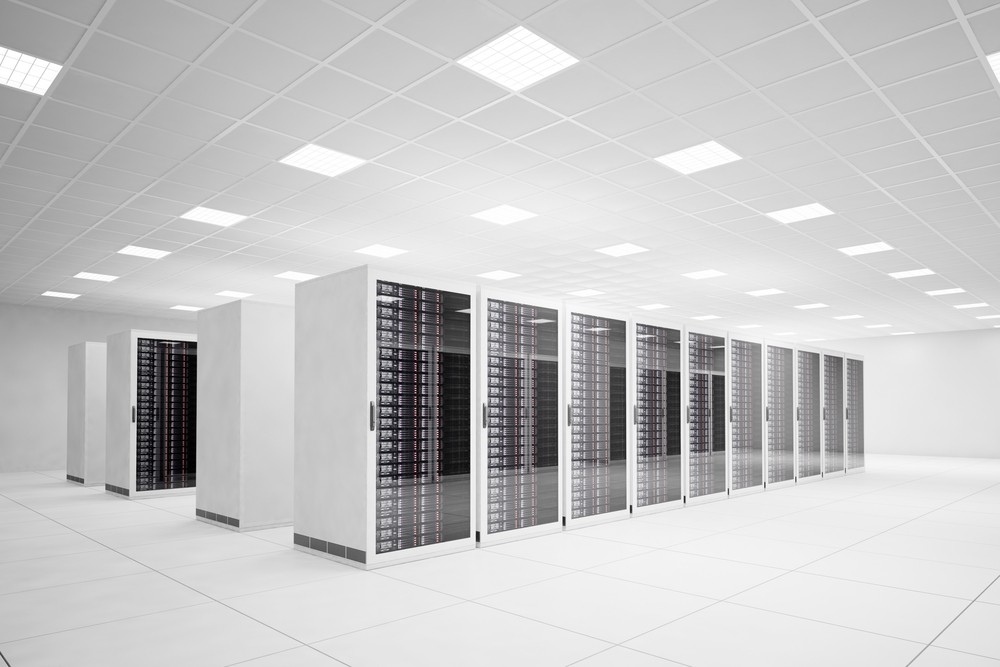When data centers are becoming larger and higher density, energy consumption problems faced by data centers become more prominent. Power usage effectiveness (PUE) is an indicator for evaluating the energy efficiency of a data center. It has become an actual key performance indicator (KPI) for measuring the energy efficiency of a data center. The cooling system is associated with heat dissipation, device configuration, equipment room environment, and atmospheric conditions. After Operations and Management (O&M) reaches a certain maturity level, hardware energy saving or human experience-based simple optimization cannot further reduce power consumption. The data center industry is exploring a new control algorithm and superior technologies such as big data and artificial intelligence to maximize the overall energy efficiency of data centers.
With extensive experience and technical expertise in global data center construction, Huawei has released the iCooling@AI solution based on the AI technology. This helps large data centers shift from cooling to “smart cooling”, reduce the PUE by 8%, and further optimize the energy consumption of data centers.
The AI-based iCooling solution for data center energy efficiency optimization is designed to improve the cooling efficiency of data centers. Through in-depth machine learning, this solution analyzes a large amount of historical data, identifies key factors that affect energy consumption, and obtains a PUE forecast model. Based on the PUE forecast model, eigenvalues that are sensitive to the PUE are obtained and used to train services, and a service forecast model is therefore obtained. Then, an optimization algorithm is used to obtain an optimization parameter group based on system-adjustable parameters, the PUE forecast model, and the service forecast model. The optimization parameter group is delivered to a control system to control the cooling system. Standardized practices and target-oriented evaluation will continuously adjust the optimization parameter group to achieve a balanced PUE.
The iCooling@AI solution has been successfully deployed in phase 3 of Huawei Langfang Cloud Base. It is estimated that the PUE can be reduced to less than 1.30 this year.
Han Dong, the Director of Huawei Data Center Energy Marketing, said: “With the continuous upgrade and iteration of data centers, the challenge of saving energy and reducing consumption is also increasing. Huawei continuously innovates technologies in multiple fields, quickly responds to market and customer needs, and has released the iCooling@AI “Smart Cooling” solution to help optimize energy consumption of large data centers in the era of 5G, big data, and cloud computing.”





